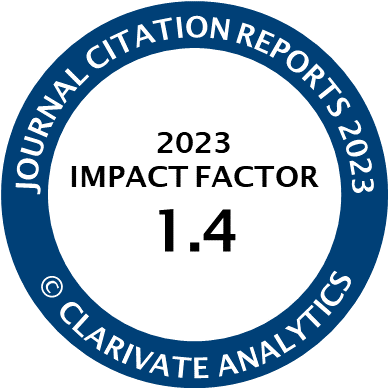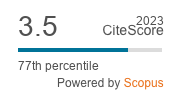Article | Open Access
Engaging with Hard‐To‐Reach Clients: Towards the Last Resort Response by Welfare Workers
| Views: | 1966 | | | Downloads: | 1057 |
Abstract: Client non‐cooperation is a widely recognised problem in welfare services. Being ‘hard‐to‐reach’ is considered a risk especially for the most vulnerable clients, for example in terms of increased homelessness. Such clients pose challenges to social inclusion, and services make some allowances to achieve engagement. However, even a minimum level of cooperation is required from hard‐to‐reach clients. In the context of home visiting, we study welfare workers’ efforts to engage with clients who continuously avoid contact. We examine three services in Finland, England, and Sweden that provide floating support to clients in their own accommodation. Utilising Robert Emerson’s idea of ‘the last resort,’ we analyse how workers justify their decisions to continue or terminate the support with the hard‐to‐reach. The data consist of team meeting recordings and home visit observations. We aim to demonstrate that justifications deployed to make the decision to end the home visiting service or tighten control, draw on ‘last resort responses.’ We identify three types of justifications: retrospective summaries on past failures to reach the client, intensifying remedial actions to engage clients, and characterisations of clients as uncooperative. While such justifications can be seen to draw on shared ethics, they have different ethical implications.
Keywords: floating support; hard‐to‐reach clients; home visiting; last resort; social work; welfare workers
Published:
© Sirpa Saario, Christopher Hall, Doris Lydahl. This is an open access article distributed under the terms of the Creative Commons Attribution 4.0 license (http://creativecommons.org/licenses/by/4.0), which permits any use, distribution, and reproduction of the work without further permission provided the original author(s) and source are credited.




